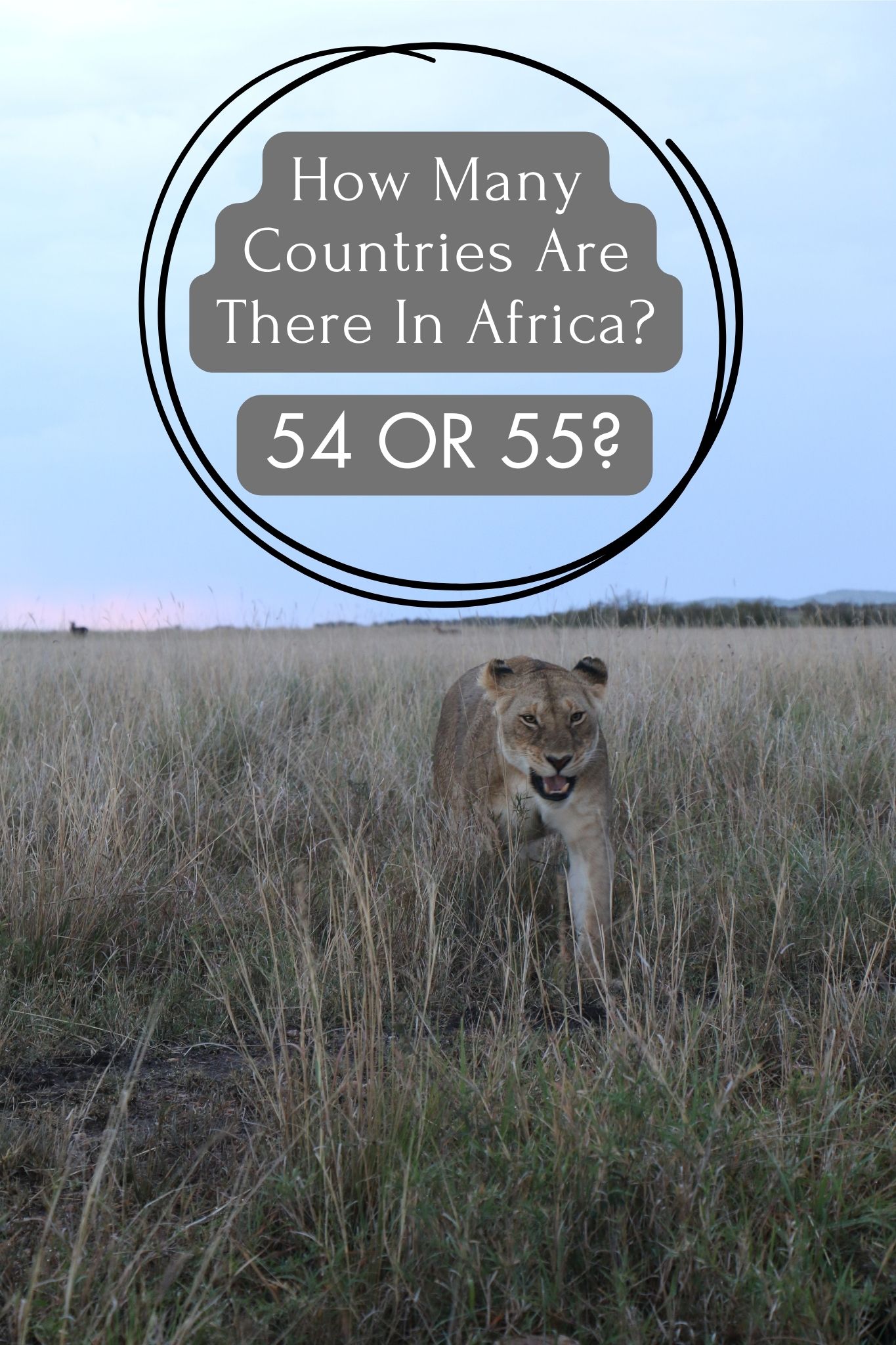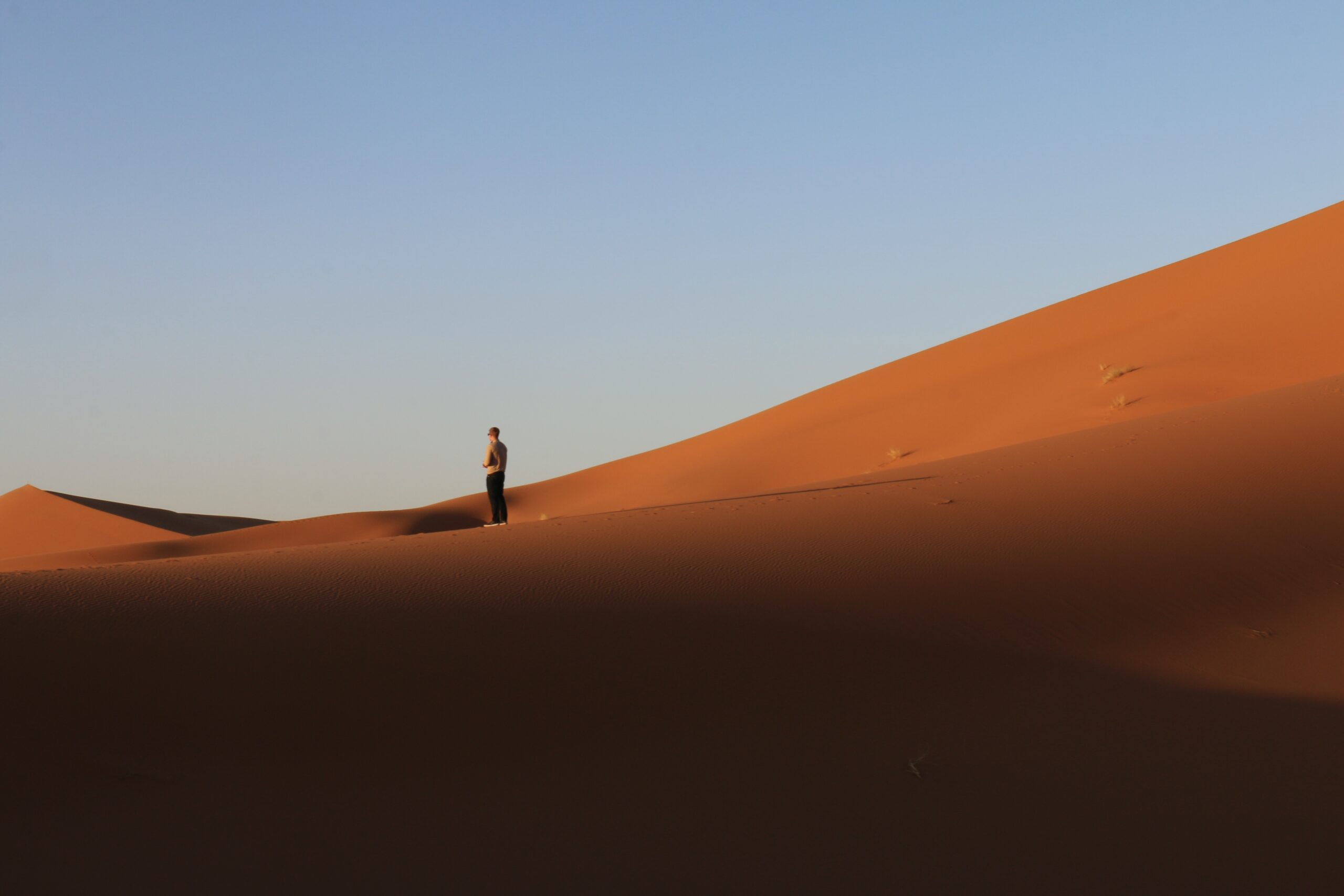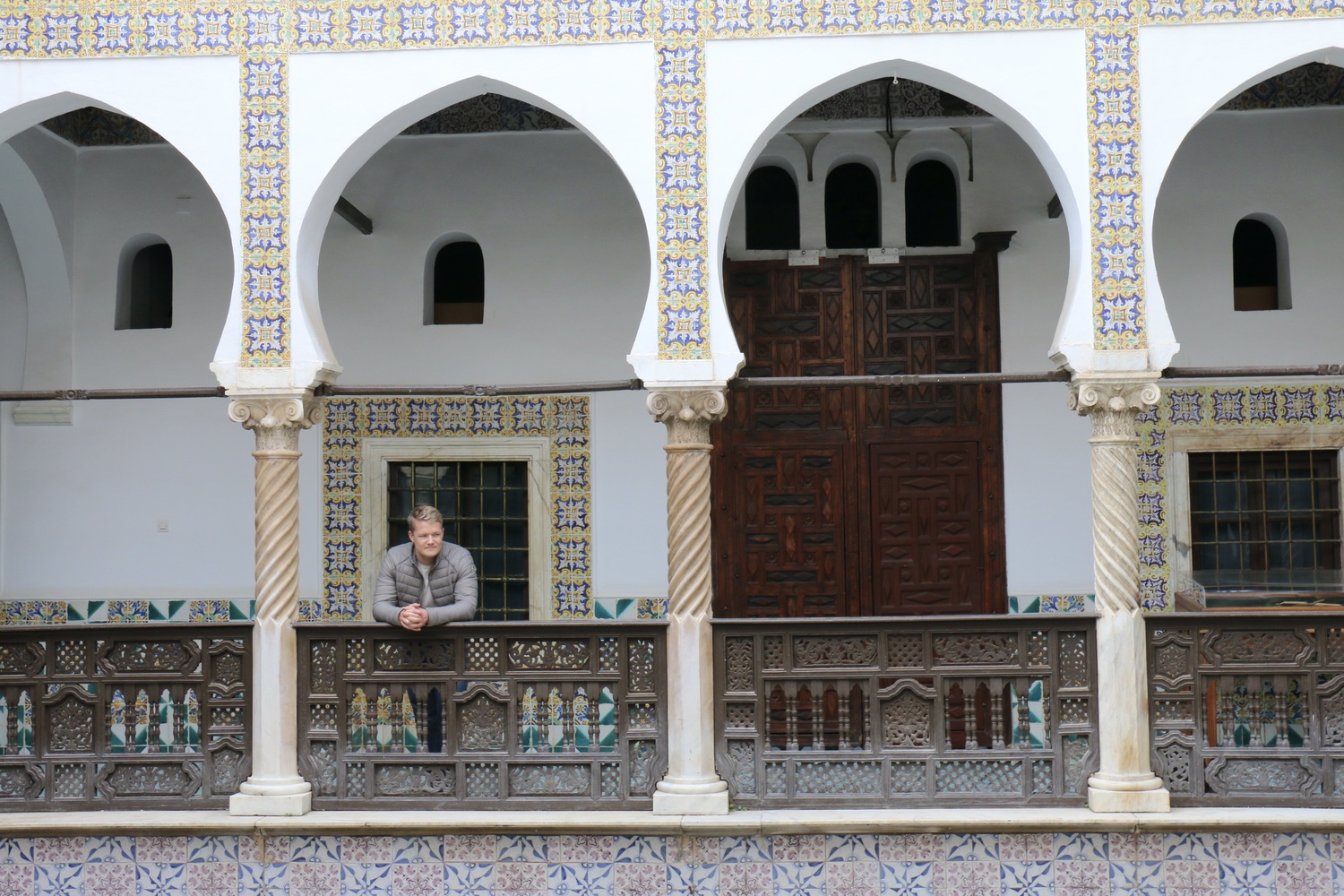
Ah Africa, a fascinating continent without any doubt. I even spent my honeymoon on the African savannahs of Kenya, a truly magical country if you ask me. Yet, it’s still the continent in the world, where I have visited the fewest countries, making me feel that I should plan a 4-month trip to Africa and get serious about ticking some countries. In my blog post: how many countries are there in the world? I defined the rules of the country count game and also concluded that there are 197 fully-fledged countries in the world. But how many countries are there in Africa? and how do you define Africa? and what disputed territories are there on the continent? In this blog post, I aim to give you the answers to all these questions.
But as per usual, here is the short answer
There are a total of 54 countries in Africa. Western Sahara is the most widely known disputed territory on the African continent, recognized by the African Union but not by the United Nations, making the situation even trickier. Yet, due to the fact that Western Sahara lacks control of all its claimed territory and also that it has limited international recognition, it should not be considered a country.
Defining Africa
In contrast to Europe, Africa’s geographical borders are easily defined due to its maritime borders with the Mediterranean Sea in the North, Atlantic Ocean on the West side and the Indian Ocean on the East. The Isthmus of Suez in Egypt is the only place that connects Africa to Asia, or any other continent for that matter, which is marked by the man-made Suez Canal.
- Northern Border: Africa’s northernmost point is defined by the shores of the Mediterranean Sea, separating it from Europe. The boundary runs along the coast of countries like Egypt, Libya, Tunisia, Algeria, and Morocco.
- Southern Border: The southern border of Africa is demarcated by the meeting point of the Atlantic and Indian Oceans at the Cape of Good Hope, located in South Africa.
- Eastern Border: To the east, Africa is bordered by the Indian Ocean, stretching from the Suez Canal in the north, down the coast of countries like Somalia, Kenya, Tanzania, and Mozambique to South Africa’s eastern coastline.
- Western Border: The western boundary of Africa is along the Atlantic Ocean, encompassing the coastlines of countries like Morocco, Mauritania, Senegal, Ghana, Nigeria, and down to Namibia and South Africa.
- Northeastern Border: The northeastern border is somewhat unique as it is partly defined by the Isthmus of Suez in Egypt, which connects Africa to Asia. The Suez Canal, a man-made waterway, marks this boundary.

What do the United Nations and the African Union say?
The UN currently recognizes 54 independent states in the continent of Africa. The United Nations is always the best place to start, if you want to understand roughly how many countries there are in a continent, as their list ensures that the member states fulfill the requirements to call themselves a country.
If you want to know in more detail what constitutes a country, check out my article about how many countries there are in the world, where I go through it in more detail.
So, are there 54 countries in Africa? Well, it’s not quite straightforward. Geopolitics often complicates such matters.
The African Union, another significant intergovernmental organization, differs from the UN in its count of African countries. Unlike the UN’s 54, the African Union recognizes 55 countries on the continent. The key difference lies in the inclusion of Western Sahara, a disputed territory.

Undisputed African Countries
Before take a closer look at the Western Sahara, here are all the countries that both the African Union and the United Nations agree are in fact countries:
1. Algeria
2. Angola
3. Benin
4. Botswana
5. Burkina Faso
6. Burundi
7. Cabo Verde
8. Cameroon
9. Central African Republic
10. Chad
11. Comoros
12. Congo-Brazzaville
13. Congo-Kinshasa (formerly Zaire)
14. Djibouti
15. Egypt
16. Equatorial Guinea
17. Eritrea
18. Eswatini (formerly Swaziland)
19. Ethiopia
20. Gabon
21. Gambia
22. Ghana
23. Guinea
24. Guinea-Bissau
25. Ivory Coast
26. Kenya
27. Lesotho
28. Liberia
29. Libya
30. Madagascar
31. Malawi
32. Mali
33. Mauritania
34. Mauritius
35. Morocco
36. Mozambique
37. Namibia
38. Niger
39. Nigeria
40. Rwanda
41. São Tomé and Príncipe
42. Senegal
43. Seychelles
44. Sierra Leone
45. Somalia
46. South Africa
47. South Sudan
48. Sudan
49. Tanzania
50. Togo
51. Tunisia
52. Uganda
53. Zambia
54. Zimbabwe
Disputed Territories
Western Sahara
So what’s the deal with Western Sahara? Well, Western Sahara, also known as the Sahrawi Arab Democratic Republic (SADR), is one of those special cases and disputed territories around the world. Located in north-western Africa (see map below), originally a Spanish colony that has been disputed since the 1970s when Spain withdrew from the region. Morocco and the indigenous people known as Sahrawis along with its political organization Polisario Front have contested its control, with Morocco claiming most of the area and the Polisario Front seeking independence. Despite a 1991 ceasefire and UN efforts for a resolution, the territory’s future remains unresolved.
So why does the African Union recognize Western Sahara and not the United Nations? The reason being that in general the African Union typically takes a strong stance on decolonization and support for self-determination. The African Union also aims to represent and include all regions of Africa, reflecting the continent’s diverse political and territorial claims and recognizing was part of a broader goal of inclusivity. The UN on the other hand does not recognize Western Sahara as an independent state and instead considers it to be a non-self-governing territory.
So is Western Sahara a country or not? The short answer in my book is NO. Western Sahara is not a country since it lacks the international recognition that is required to enjoy country status. Western Sahara is currently recognized by 48 UN member states, the African Union, and also by South Ossetia (a non-UN member state), however historically 84 countries UN member states have recognized Western Sahara in the past, although 36 of them have either, “suspended”, “withdrawn” or “frozen” its recognition.

“But wait, in your article – how many countries are there in the world? – you recognized Kosovo and Taiwan as countries, which also lack the proper recognition, why aren’t you recognizing Western Sahara?”
Good question and a valid point. But let me explain: First of all, the government of Western Sahara lacks full control of its claimed territory. Morocco controls almost 80% of the territory in Western Sahara and only 20% is controlled by SADR-government. In contrast, despite their contested international status, both Taiwan and Kosovo have full control over their territories.
Secondly, Kosovo has been recognized by over 100 UN member states since it declared independence from Serbia in 2008. Now Taiwan might not have that broad international recognition, but that is only because other countries don’t want to jeopardize their economic relations with China and its powerhouse economy. In reality though, Taiwan has been operating as a de facto independent state since the end of the Chinese Civil War in 1949.

The 54 Countries of Africa (Extended Africa 55)
So, there you have it, the 54 countries of Africa, plus Western Sahara as an extended Africa if you will. Making the total country count of Africa 54 countries or 55 countries, depending on how you view the world. In my book at least, I view it as 54 countries on the African continent. Below you see the full list of countries in Africa and all countries I have visited on the Africa continent, a weak 7 out of the 54 countries in total…
1. Algeria ✅
2. Angola
3. Benin
4. Botswana
5. Burkina Faso
6. Burundi
7. Cabo Verde
8. Cameroon
9. Central African Republic
10. Chad
11. Comoros
12. Congo-Brazzaville
13. Congo-Kinshasa (formerly Zaire)
14. Djibouti
15. Egypt ✅
16. Equatorial Guinea
17. Eritrea
18. Eswatini (formerly Swaziland)
19. Ethiopia
20. Gabon
21. Gambia
22. Ghana
23. Guinea
24. Guinea-Bissau
25. Ivory Coast
26. Kenya ✅
27. Lesotho
28. Liberia
29. Libya
30. Madagascar
31. Malawi
32. Mali
33. Mauritania
34. Mauritius
35. Morocco ✅
36. Mozambique
37. Namibia
38. Niger
39. Nigeria
40. Rwanda
41. São Tomé and Príncipe
42. Senegal
43. Seychelles
44. Sierra Leone
45. Somalia
46. South Africa ✅
47. South Sudan
48. Sudan
49. Tanzania ✅
50. Togo
51. Tunisia ✅
52. Uganda
53. Zambia
54. Zimbabwe
Extended Africa: + Western Sahara
